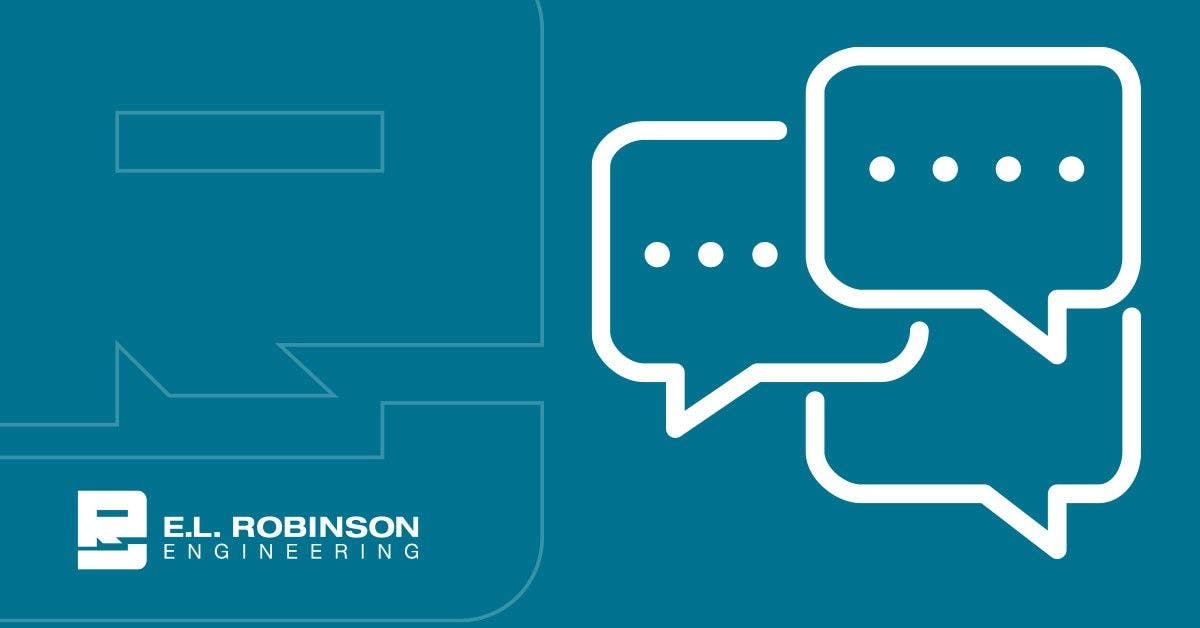May 20, 2020Have you ever wondered how culverts work?

The folks at Practical Engineering have posted a video on YouTube discussing the basics of culvert hydraulics. The presenter mentions that the two main functions of a culvert are to support the load above and transport the water below. For those of you who are not water resources engineers, the video is a good introductory video on how the water flows below.
This post provides some insight into the other main function of a culvert: to support the load above. This is a most interesting topic which delves into the topic of soil-structure interaction. It is obvious that the culvert must support the soil above it as well as any live loads passing over the culvert. Understanding the live load is actually a bit less complex than understanding the soil load, so it is considered first.
The live loads, such as trucks or rail cars, transmit load through the soil in a rectangular pattern such that the area of the rectangle at depth is greater than at the surface. Since the load has not changed, the pressure at depth will be less than at the surface. Boussinesq provides an equation for determining the rate of spread. AASHTO provides a different method based on more recent research. As a good conservative estimate, one can assume the rate of spread is 1H:2V.
The buried culvert must also resist dead loads, and this is the much more interesting analysis. A reasonable expectation is that the culvert must resist the column of soil above the conduit. This is the soil column load. In actuality the dead load “felt” by the culvert is a function of the soil modulus (Ms), the conduit ring stiffness (EA) and the conduit bending stiffness (EI). A very rigid culvert, such as reinforced concrete pipe which has a very high ring stiffness and a very high bending stiffness, may experience a load as great as 140% of the soil column load. A corrugated metal pipe has a very high ring stiffness but relatively low bending stiffness. The load on these culverts is very close to the soil column load. Finally, consider a high-density polyethylene pipe, which has a low ring stiffness and a low bending stiffness. These culverts “feel” as little as 40% of the soil column load. This is soil arching and is part of the study of soil-structure interaction. Soil-structure interaction is the study of how the relative stiffness of soil and buried structural elements affect the stress and deformation state of each.
Finally, we consider the resistance to loads. Interestingly, the soil is part of the load experienced by the conduit, but it is also a part of the resistance to the load when soil arching occurs. Culverts are generally designed to resist ring compression forces, bending forces, shearing forces, and geometric instability such as buckling. The exact nature of the limit states used for each culvert type is dependent upon the shape and material of the culvert.
We hope you find the general introduction into the structural design of culverts informative. If you would like more information, do not hesitate to reach out.
About the Commentary Author: Kevin White who is the Water Resources Group Manager for E.L. Robinson Engineering of Ohio. He has an MS in Civil Engineering from Ohio University. He is the past Chair of the Transportation Research Board Standing Committee on Subsurface Soil-Structure Interaction, an ASCE Fellow, and an Emeritus Member of the Transportation Research Board.
Disclaimer: E.L. Robinson and their employees are not being compensated by any of the listed companies or resources for providing the above information.
Video Credit: Hillhouse, Grady. "What is a Culvert?" Practical Engineering, 5 May 2020, https://practical.engineering/blog